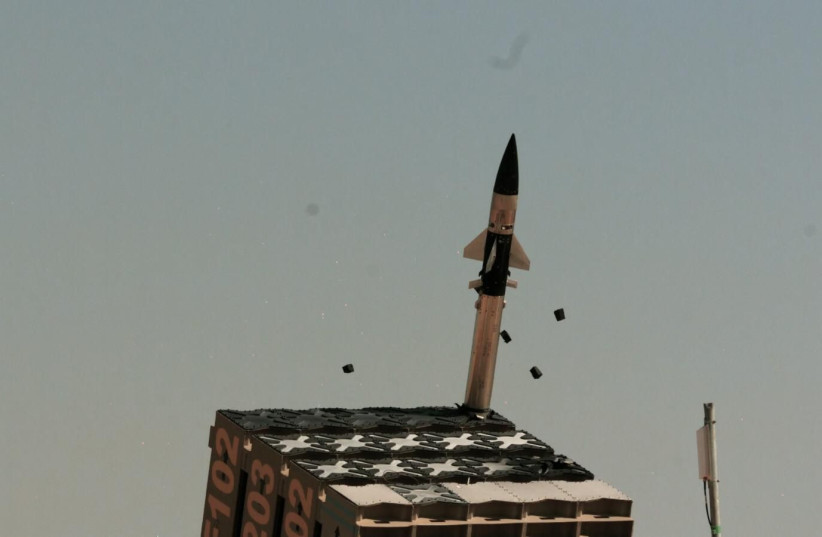The US Department of Defense considers both Russia and China to be the most significant threats currently faced by the US, according to a congressionally-mandated report of the country's national defense strategy, released earlier this week.
Within the report, the DoD examined both the national Nuclear Posture Review (NPR) and the Missile Defense Review (MDR). The findings will determine the nation's next steps in defending US interests, both on the home front and abroad, and will set the tone for US strategic defense methods over the coming year.
In particular, the current Russian threat to the global community has been at the forefront of America's foreign interest, as well as the People's Republic of China. Both countries were directly listed as the two most significant threats to the US home front, with missile and cyber attacks being highlighted as threats to look out for.
Why is Russia considered a significant threat?
According to the report, Russia is highlighted as a key component in strategy due to the threat posed by the ongoing war with Ukraine and its annexation of Ukrainian territory.
"Contemptuous of its neighbors' independence, Russia's government seeks to use force to impose border changes and to reimpose an imperial sphere of influence," the report summarizes.
"Its extensive track record of territorial aggression includes the escalation of its brutal, unprovoked war against Ukraine. Although its leaders' political and military actions intended to fracture NATO have backfired dramatically, the goal remains. Russia presents serious, continuing risks in key areas."
Other major threats detailed in the 80-page report included Iran, North Korea, and several violent extremist organizations.
The report found that while "Al-Qa'ida, Islamic State in Iraq and Syria (ISIS), and their affiliates have had their capabilities degraded," the groups may nevertheless "be able to reconstitute them in short order, which will require monitoring indications and warning against the VEO [Violent Extremist Organization] threat."
The strategy outlined in the report listed "continued relationship building" as a vital way to defend against these threats, as well as deterrence efforts. It also highlighted several methods of force planning, from lethal models to the nuclear approach.
Changes coming to the US nuclear weapons systems
The Nuclear Posture Review (NPR) highlighted the Defense Department's priorities and the major decisions that had been made. Some of these decisions included:
- Eliminating “hedge against an uncertain future” as a formal role of nuclear weapons.
- Affirming full-scope Triad [air, land and sea nuclear weapon capability] replacement and other nuclear modernization programs.
- Retiring the B83-1 gravity bomb.
- Cancelling the nuclear-armed Sea-Launched Cruise Missile (SLCM-N) program.
The decision to retire the B83-1 gravity bomb comes as the newer, upgraded version of the bomb is expected to be ready by December and will then be prepared for use.
However, the upgraded B61-12 air-dropped gravity bomb will be under NATO review before implementation, according to a report from Politico.

